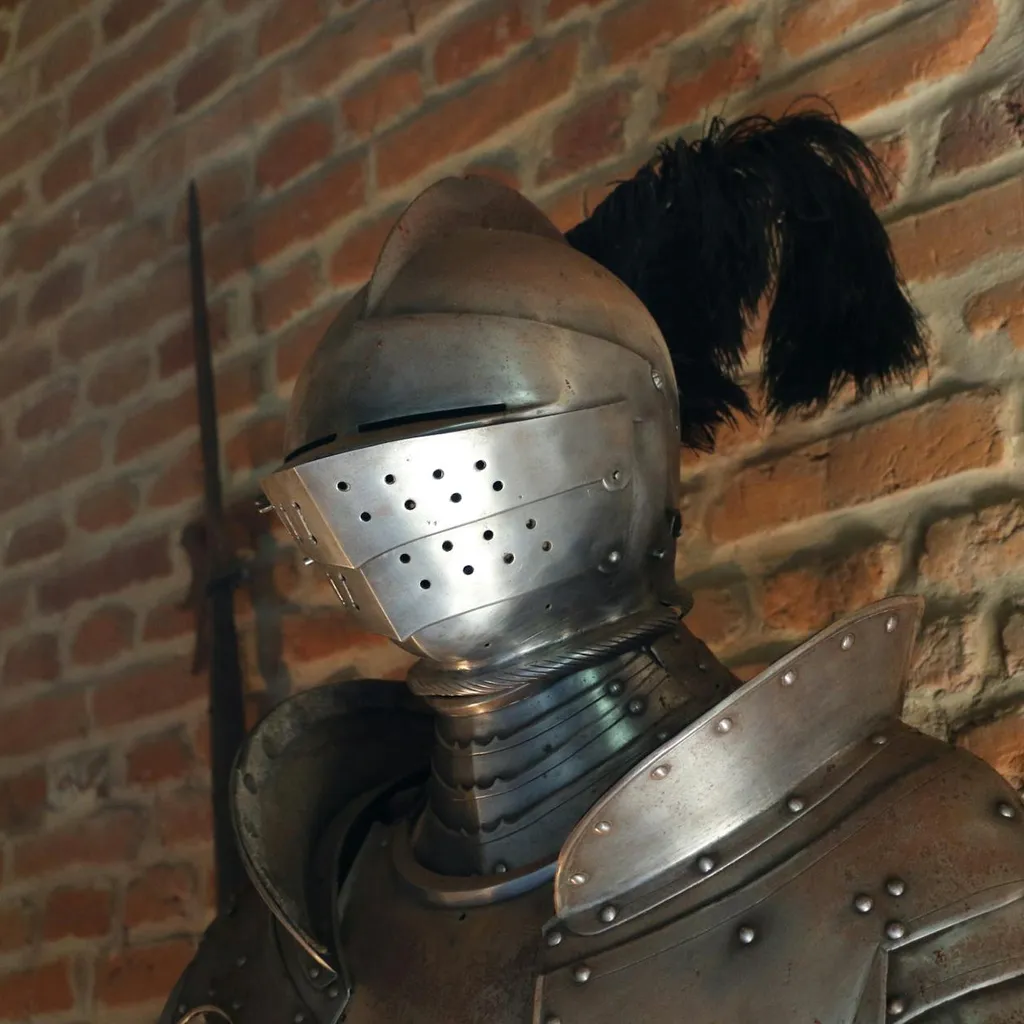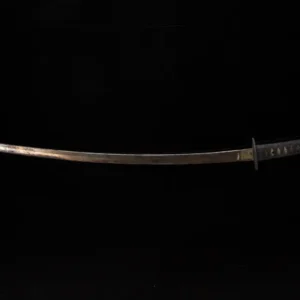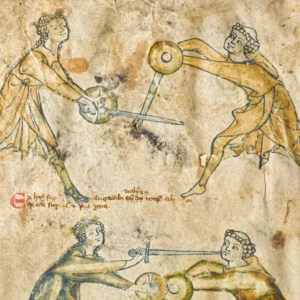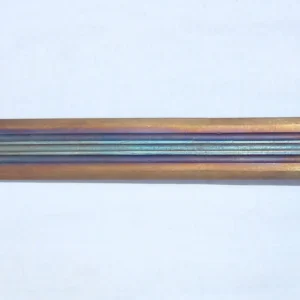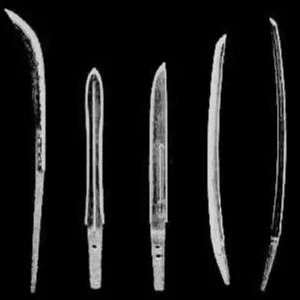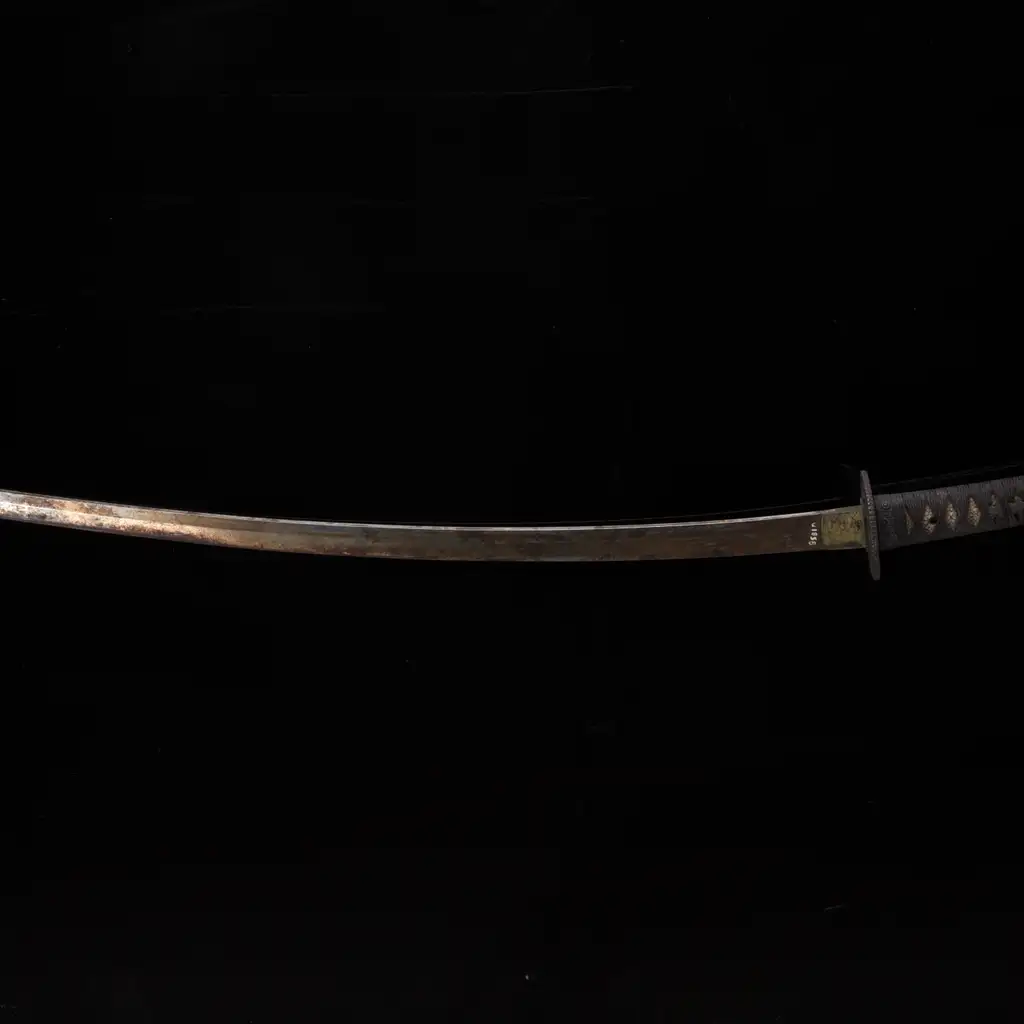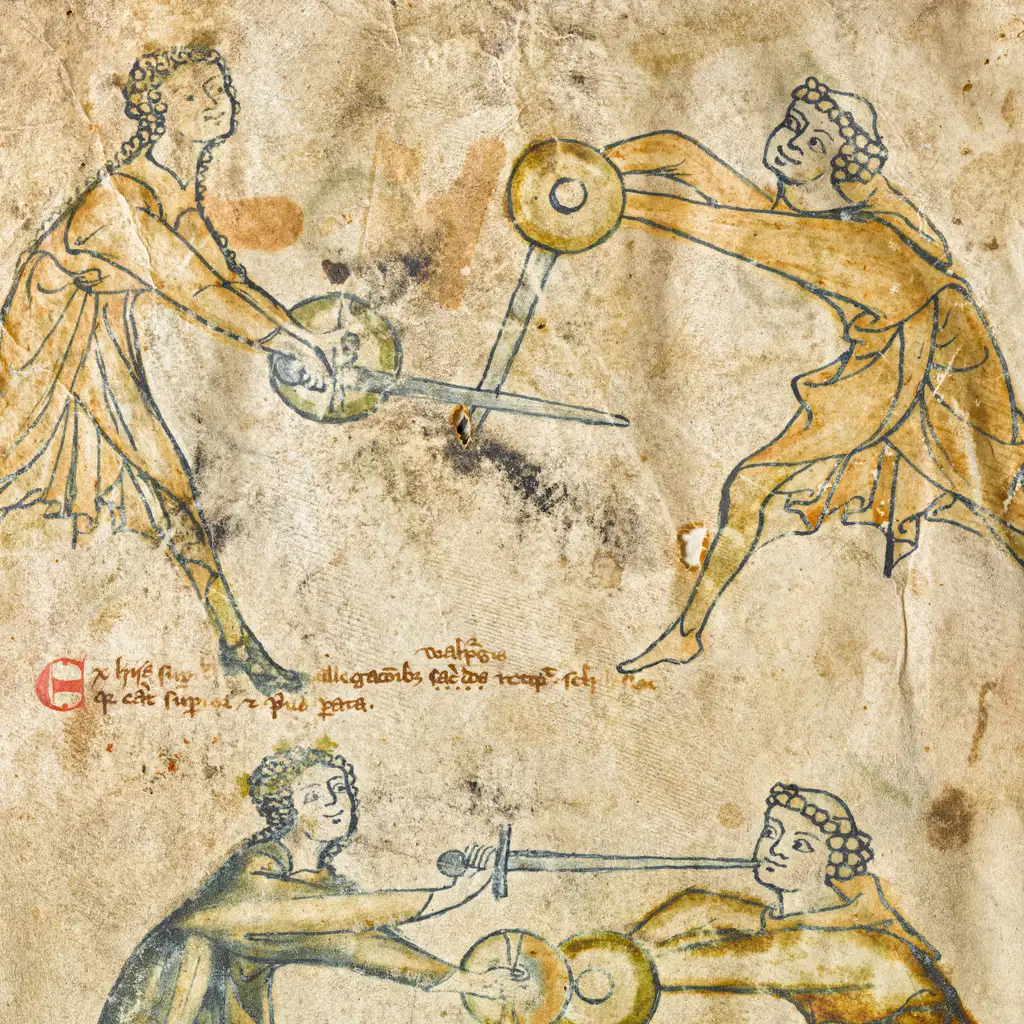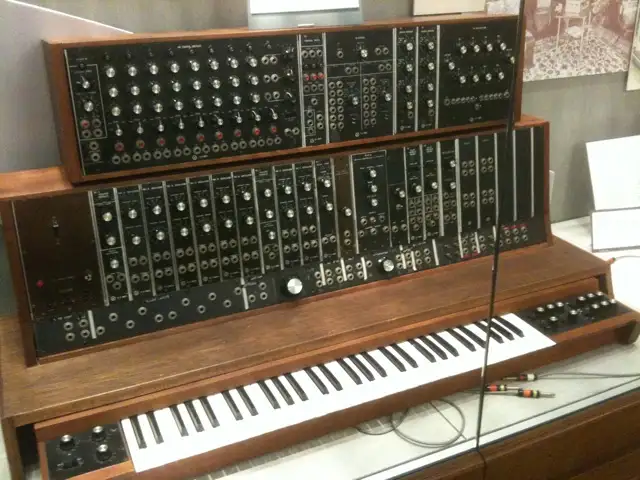Today, conservationists are leveraging advanced technology at the UK’s ISIS Neutron and Muon Source to examine a series of swords in London’s prestigious Wallace Collection. They’re exploring whether these weapons contain the high-quality crucible steel or are, in fact, counterfeits. The results will help catalog over a thousand items in the collection, solidifying their origins and authenticity.
This project is part of a 30-year collaboration between the UK’s ISIS facility and Italy’s National Research Council (CNR), focused on neutron-based studies of cultural artifacts. Using the non-destructive neutron scattering technique on ISIS’s INES instrument, researchers are examining 16 Indo-Persian swords for authentic steel patterns. This approach lets them detect underlying patterns without damaging these artifacts.
Dr. Francesco Grazzi from CNR, along with Wallace Collection experts Dr. Alan Williams and Mr. David Edge, is spearheading the study. “INES and the STFC-CNR collaboration, along with other partnerships, are vital to Italy’s research community, which lacks its own neutron sources,” noted Dr. Antonella Scherillo, ISIS’s INES instrument scientist.
This UK-Italy partnership, recently celebrating its 30th anniversary, has expanded beyond swords, studying Renaissance sculptures and even the behavior of nanoparticles for health and drug delivery applications. ISIS’s facility near Oxford supports over 3,000 international scientists, exploring everything from materials engineering and pharmaceuticals to environmental research.
Neutron scattering, the core technique at ISIS, reveals atomic structures by tracking the positions and movements of atoms. This allows scientists to understand materials deeply and create new, purpose-built materials. INES, an Italian-managed powder diffractometer at ISIS, facilitates detailed materials analysis, from structural studies to heritage conservation, underscoring the power of international collaboration in advancing science.
